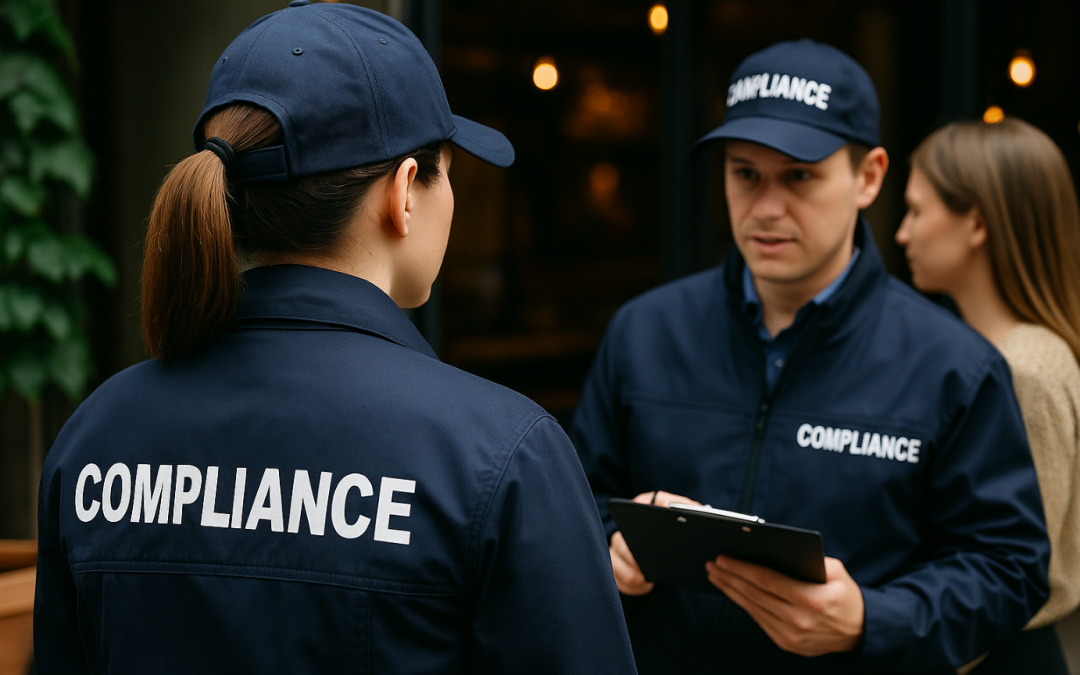With major legislative reforms introduced in NSW and QLD — and increasing federal focus on the positive duty to prevent sexual harassment under the Sex Discrimination Act 1984 (Cth) — the legal and reputational risks for Australian employers have never been higher.
This new regulatory landscape makes it clear: employers must do more than respond to misconduct — they must take proactive, documented steps to prevent it.
Key Legislative Changes in NSW and QLD
NSW – Expanded Anti-Bullying and Sexual Harassment Powers
As of 1 July 2025, the Industrial Relations and Other Legislation Amendment (Workplace Protections) Bill 2025 (NSW) allows the NSW Industrial Relations Commission to:
- Issue binding stop orders for bullying and sexual harassment
- Impose civil penalties of up to $93,900 for businesses and $18,870 for individuals
- Apply vicarious liability where employers fail to prevent unlawful conduct
- Enforce compliance with approved Codes of Practice
- Extend protections to local government, unincorporated businesses, and public sector workers
These powers reinforce that prevention is not optional — it is a legal standard.
QLD – Mandatory Sexual Harassment Prevention Plans
From 1 March 2025, QLD WHS regulations require all employers to:
- Maintain a written sexual harassment prevention plan
- Identify risks, outline controls, consult staff, and clarify reporting channels
- Face penalties of up to 60 penalty units (≈ $9,678) for non-compliance
Federal Positive Duty Obligations (National)
The Australian Human Rights Commission now enforces the positive duty under the Sex Discrimination Act 1984, which requires all employers to eliminate, as far as possible, unlawful conduct such as:
- Sexual harassment
- Sex-based harassment
- Hostile workplace environments
- Victimisation
Critically, employers must be able to demonstrate what steps they took to meet this duty. These include reviewing systems, conducting risk assessments, consulting staff, and delivering targeted training.
Case in Point: Hospitality Compliance Inspections
In 2024, SafeWork NSW’s Respect at Work Taskforce conducted audits at 38 hospitality venues, issuing:
- 16 improvement notices to 11 venues
- Enforcement actions for failures in staff consultation, training, and risk controls
The inspections found many workplaces had no structured processes to prevent sexual harassment — and regulators are now treating this as a WHS breach.
This sets a clear precedent: inaction is no longer defensible.
Best Practice Action Plan for Employers
To meet the new obligations and protect against liability:
1. Develop and Implement Prevention Plans
- Document how your business prevents sexual harassment, bullying, and victimisation
- Include risk identification, control measures, and reporting procedures
2. Educate Leaders and Employees
- Train on respectful behaviours, complaint pathways, and bystander action
- Reinforce the legal consequences for both individual and organisational breaches
3. Conduct Risk Assessments
- Regularly assess exposure to misconduct risks (e.g., isolated roles, night shifts, power imbalances)
- Use a psychosocial hazard lens under WHS regulations
4. Communicate Ahead of Risk Events
- Send reminders prior to end-of-year celebrations or trade periods, highlighting behavioural expectations and support channels
- Set clear event end times and reinforce safe travel home messaging
5. Demonstrate Compliance
- Keep evidence of training, consultation, audits, and policy updates
- Respond to complaints promptly, applying procedural fairness and accurate records
“Reasonable Steps”
To avoid liability under vicarious liability or the positive duty, employers must prove reasonable steps were taken — a higher threshold than simply having a policy.
We Can Help
Business 360 supports employers across Australia in reviewing policies, assessing workplace practices and prevention frameworks.
📞 Contact us on 1300 287 360
📧 Email: info@business360.au

Click or Scan For An Appointment

